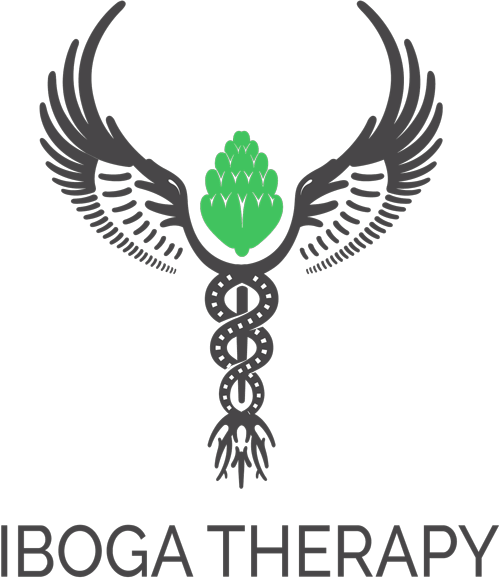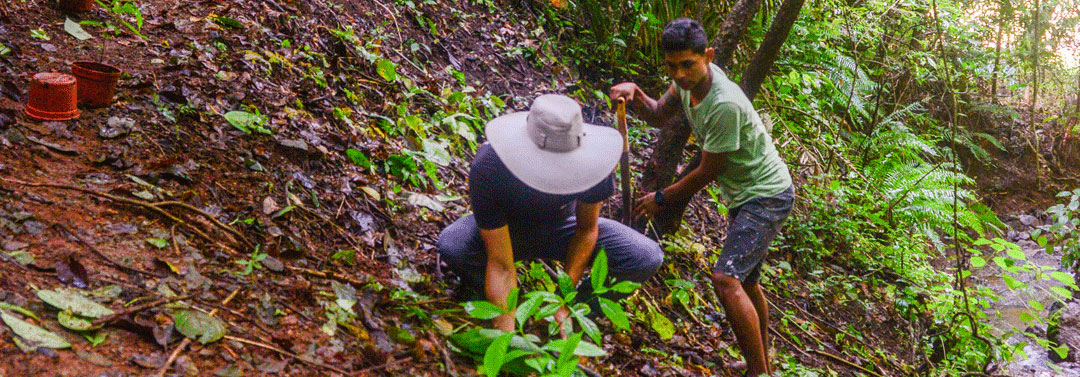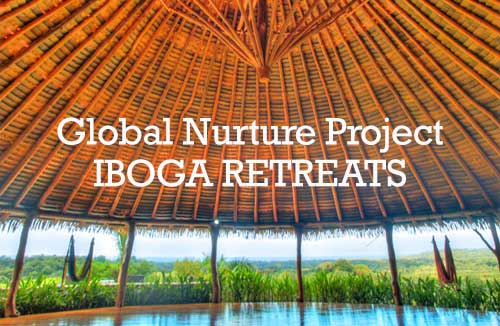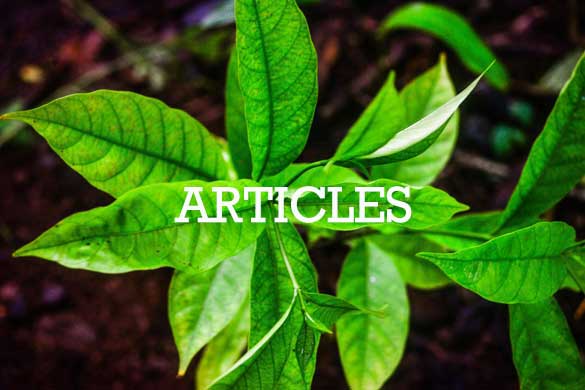Want to grow Iboga?
The first thing you need to know with growing Iboga is patience. There are many species of Iboga that grow at different elevations and of which have different potency based on temperature and soil. It is solely based upon yourself to achieve the sourcing of this mystical plant. The most important aspect is finding the most potent seeds possible. Iboga is a cultivation of patience and perseverance. You need to match the elevation and temperature of the most potent iboga specimens in accordance with the mixture. Once you find the root bark with the most potential, you need to perfectly match it with it’s utmost perfect environment in every which way. This is by no means easy, it takes a monumental amount of research, patience, and in turn, knowledge. Once you source your perfect plants and grow areas, you need to acquire their fruit and have it delivered within twenty five days of harvest. Upon that acquisition, it is best to place the seeds within in water for twenty four to seventy two hours. It is necessary to match the soil and substrate with where the plant had originally been grown. Iboga cannot be cloned, it must be grown from seed. If you do not have at least five years of dedication to grow this plant, it is highly recommended that you do not attempt to start that process. We at Iboga Therapy are encouraging you to grow sustainably, consciously, and with reverence of this superior and master plant. Environment, soil, and patience are of the utmost importance.
Seeds and Germination
Although seeds are available on the internet, the quality of these seeds will vary. One thing that’s agreed upon is that the seeds must be as fresh as possible. The seeds of many tropical plant species, including Iboga, are recalcitrant. In layman’s terms, this simply means they lose their potency in a short time. They can neither be dried nor stored for a long period of time, and they hate the cold. In the wrong conditions, Iboga seeds will die within weeks. Even in the perfect conditions, they will be lucky to live beyond a few months. It is best to have the seeds delivered in the fruit within three weeks of harvest. If it is much longer than three weeks, the seeds will lose their form and will not germinate properly. However, if the time frame is correct, and you plant the seed directly in a pot with soil, you should produce about an 80% rate of germination. This planter pot is recommended to be at least twenty two inches wide and at least ten inches deep. If you should ever receive dry seeds that have been harvested within three to five weeks, the recommendation is to put them in water for twenty four to seventy two hours. If the seeds should be older, scarification is recommended of the seed. This can be done with 220 sandpaper and sanding the seed down and putting the seed into water.
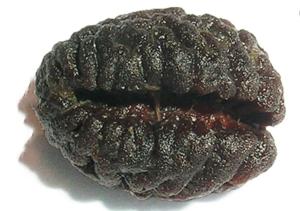
Picture Credits : Naturals
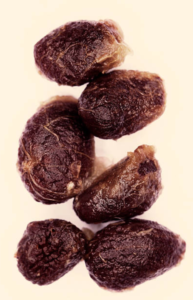
In Gabon, it’s known that seeds have been dried, sent, planted, and have resulted in germination. However, the only way for this to be viable is if they are sent immediately and planted a short time after. Anything else is unfeasible. This is why reports from those who have tried to grow iboga with seeds purchased from online vendors are unsuccessful. That said, moist, fresh iboga seed often germinates without any issues.
It’s also important to note that while fresh, potent iboga seeds may germinate within weeks, it’s not unheard of for germination to take place between 12-18 months after planting.
If all this sounds too difficult, then fear not, because help is most certainly at hand. It’s uniformly agreed that the most effective way to grow Iboga outside of Western Central Africa is by obtaining the whole fruits of the Tabernanthe Iboga tree. Although by the time it reaches you, it’s freshness may have been compromised, this is not a problem. Many reports indicate that the highest germination rates have been achieved after planting seed pods that have been allowed time to rot not longer than ten days. After this, you can either choose to plant the entire seedpod, or to split it open, and extract the wet, fertile, seeds one-by-one.
Here, Shaman Australis, an experienced and respected vendor of Tabernanthe iboga seeds describes their seed packaging procedure.
“We wrap the fresh pods in live moss at the time of harvest. This slows down the rotting of the fruit and allows us to get the fruit to all countries in time. The seeds will usually germinate inside the rotting fruit. Indeed, we recommend to open the package carefully, and if the seed has not germinated to seal it back up or transfer it to fresh sphagnum moss. This is the most reliable method of germinating the seeds we have found in the 15+ years we have been working with this species.”
Germinating the seed requires placing at a depth of at least 10mm in a draining planter filled at least 5cm deep with rough sand. I recommend a large growing bucket that you could plant up to 150 seeds in and also of which could be roughly twenty four inches in diameter. The sand must remain constantly moist,and kept at an air temp between 30-35 deg C air temp. However, to achieve good germination the air temp should be about 30-35 deg C. Any lower will delay germination and expose the plant to fungal attack. Germination time ranges between days and months, so keep tending the plant at all times and don’t give up hope. When a few leaves begin to blossom it’s time to transplant it. Transfer the plant to a 90% rough sand + 10% potting mix, and avoid the temptation to use manure or fertilizer. Once further leaves appear, and the root begins to take on a woody appearance, it’s time to transfer them to a bigger plant pot or into the ground.
Growing Environment
At this point it’s essential they are transferred to an environment that mimics their natural rainforest home. The growing environment must be moist, humid, well drained, and with medium light exposure. The Congolese rainforest floor consists of temperatures above 20 degrees Celsius, high ambient humidity, and 50% shade for the first two years is a must. Although the plant may survive in lower humidity, this will be temporary. Eventually it will just stop growing. However, what’s likely to kill it even quicker is cold. If enough humidity is present, the iboga plant will be able to occasionally tolerate direct sunlight. However, this exposure should only be temporary. If it has been planted in a suitable environment it will continue to grow. The more it grows the stronger it becomes, increasing its chance of reaching maturity. In the Congolese rainforests, the iboga plant grows in sandy clay soil that drains and dries very quickly. Again, it’s important that the planting location mimics these conditions. This is particularly true in the case of younger plants. Remember that as the plant grows, the root system will get larger, meaning the plant will require plenty of space. At this point, the plant is likely to react well to fertilizer, the best being composted horse manure. I recommend this plant to be grown at five meter intervals as far as spacing is considered. The 18% of the harvest of each plant will be for the remainder of its life. This will allow the plant to grow indefinitely and helps achieve sustainability.
Flowering and Pollination
Once the plant begins to flower – congratulations on a job well done. You’ve done well to make it this far. Even if the root bark is not yet ready to consume, your plants are well on the way to being capable of producing their own seed pods.
Our most recent and complete guide
